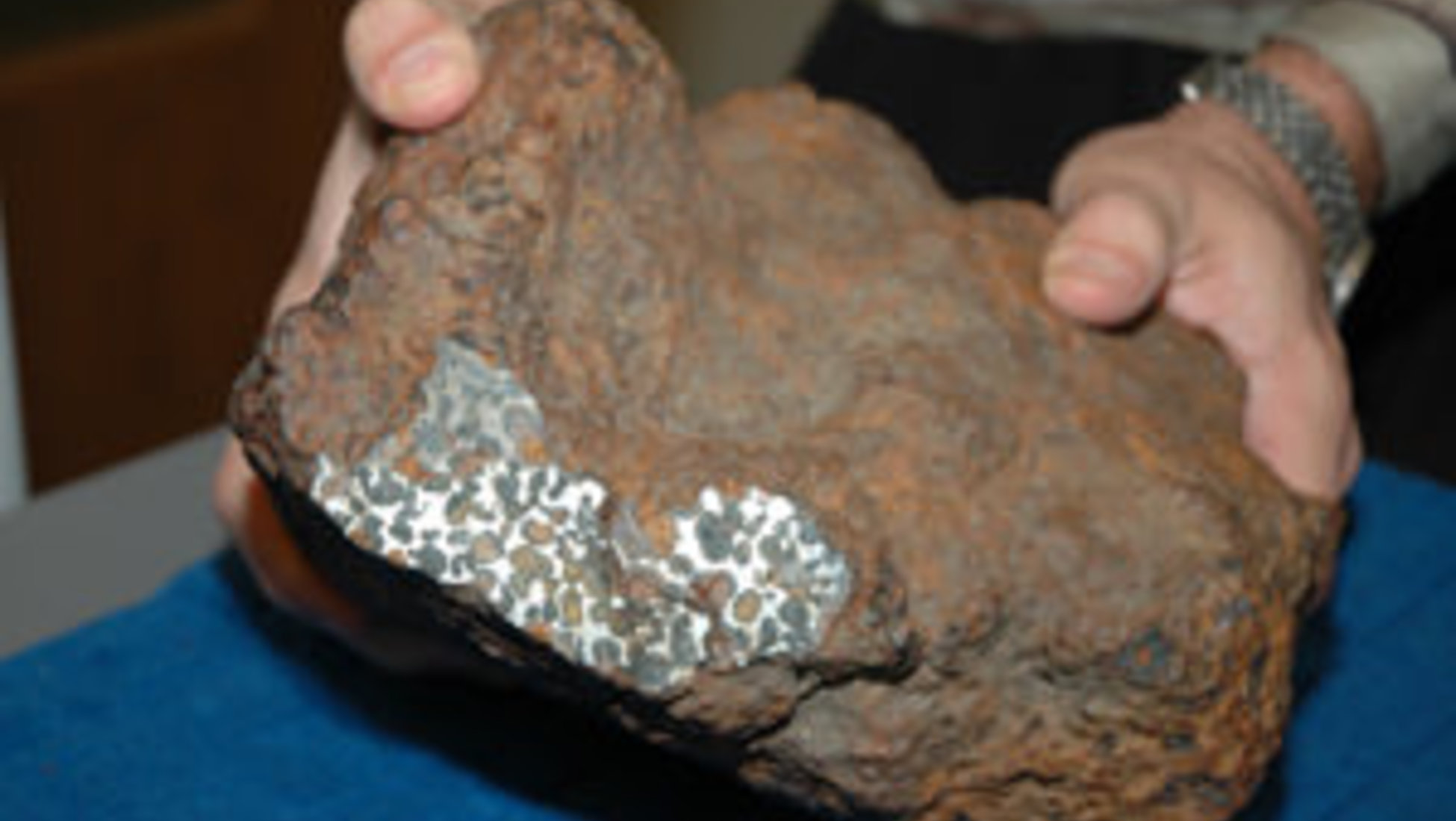

In 1961, the International Astronomical Union (IAU) defined a meteoroid as "a solid object moving in interplanetary space, of a size considerably smaller than an asteroid and considerably larger than an atom". Ģ008 TC 3 meteorite fragments found on February 28, 2009, in the Nubian Desert, Sudan A meteorite is the remains of a meteoroid that has survived the ablation of its surface material during its passage through the atmosphere as a meteor and has impacted the ground.Īn estimated 25 million meteoroids, micrometeoroids and other space debris enter Earth's atmosphere each day, which results in an estimated 15,000 tonnes of that material entering the atmosphere each year.
METEOR METEOROID METEORITE SERIES
A series of many meteors appearing seconds or minutes apart and appearing to originate from the same fixed point in the sky is called a meteor shower. Meteors typically become visible when they are about 100 km above sea level. This phenomenon is called a meteor or "shooting star". When a meteoroid, comet, or asteroid enters Earth's atmosphere at a speed typically in excess of 20 km/s (72,000 km/h 45,000 mph), aerodynamic heating of that object produces a streak of light, both from the glowing object and the trail of glowing particles that it leaves in its wake. Most are fragments from comets or asteroids, whereas others are collision impact debris ejected from bodies such as the Moon or Mars. Objects smaller than this are classified as micrometeoroids or space dust. Meteoroids are significantly smaller than asteroids, and range in size from small grains to one-meter-wide objects. ə ˌ r ɔɪ d/) is a small rocky or metallic body in outer space. Please refer to their site for additional information.Īlways keep in mind that rocks and minerals must be examined in person for proper identification.A meteoroid shown entering the atmosphere, becoming visible as a meteor and hitting the Earth's surface as a meteorite.Ī meteoroid ( / ˈ m iː t i. These tips for identifying a meteorite were adapted from this excellent guide from the University of New Mexico Meteorite Museum.

A dense rock that leaves a black or red streak probably contains the iron minerals magnetite or hematite, respectively, neither of which are typically found in meteorites.

Streak: if you scratch a meteorite on an unglazed ceramic surface, it should not leave a streak.Bubbles: volcanic rocks or metallic slag on Earth often have bubbles or vesicles in them, but meteorites do not.Light-colored crystals: Quartz is a common, light-colored crystal in Earth’s crust, but it is not found on other bodies in the solar system.Fusion crust: stony meteorites typically have a thin crust on their surface where it melted as it passed through the atmosphere.Instead, they have an irregular shape with unusual pits like finger prints in their surface called “regmaglypts.” Unusual shape: iron-nickel meteorites are rarely rounded.For “stony” meteorites, a magnet might not stick, but if you hang the magnet by a string, it will be attracted. Magnetic: Since most meteorites contain metallic iron, a magnet will often stick to them.Density: Meteorites are usually quite heavy for their size, since they contain metallic iron and dense minerals.Meteorites have several properties that help distinguish them from other rocks: They are very rare, but many people find unusual rocks or pieces of metal and wonder if they might have found a meteorite. Meteorites are fragments of rock or metal that fall to Earth from space.


 0 kommentar(er)
0 kommentar(er)
